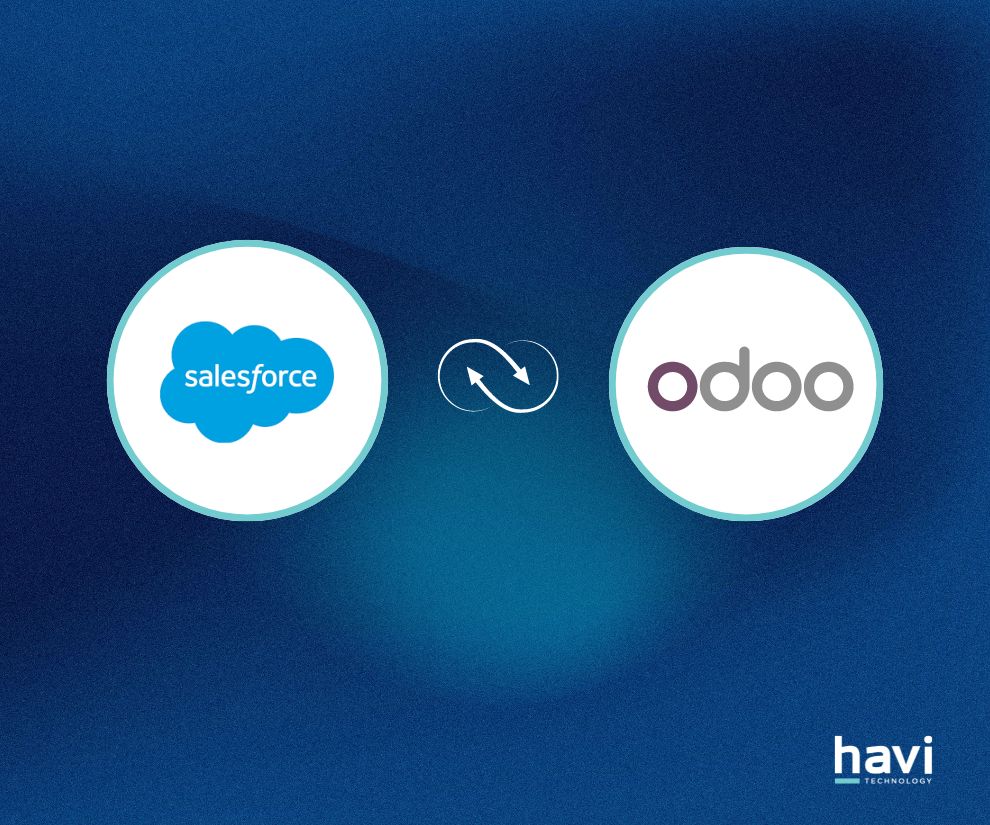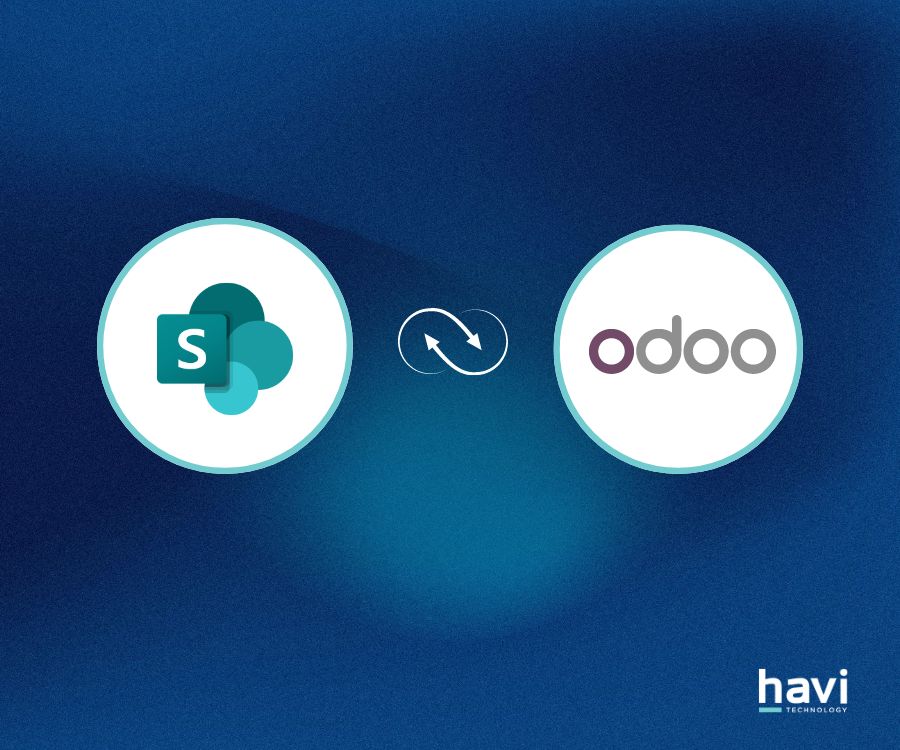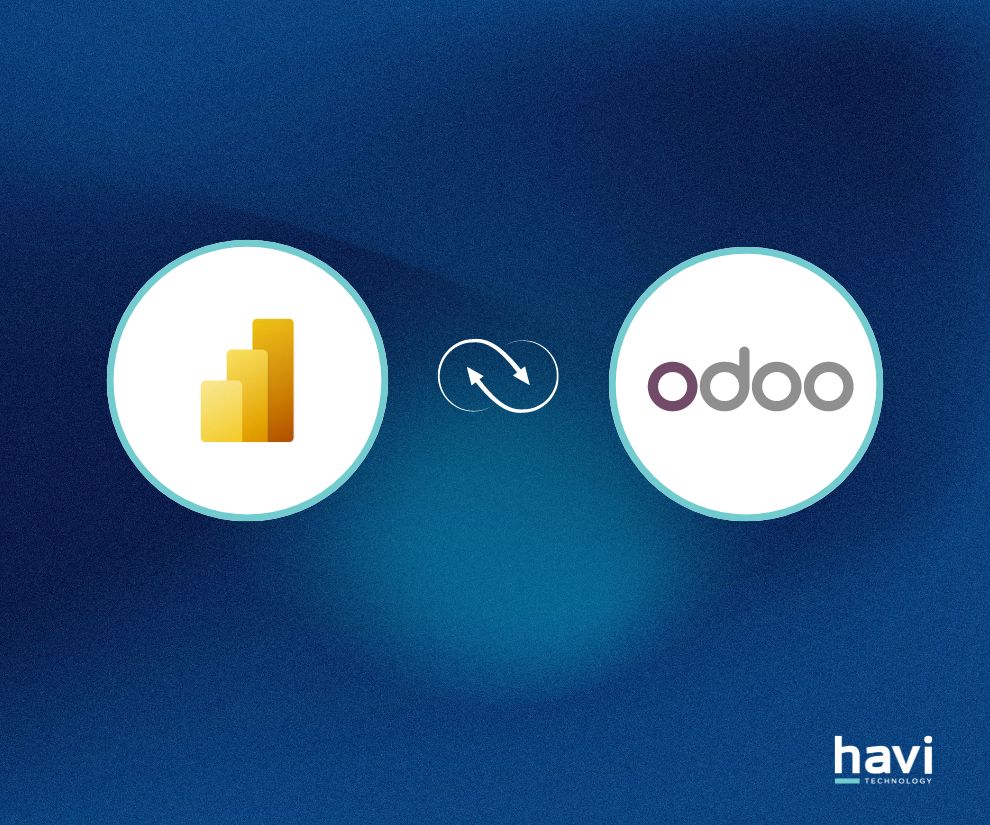TABLE OF CONTENTS
- 1. Website and Customer Experience
- 1.1. Website & eCommerce: Guided Onboarding, New Templates, Google Merchant Sync
- 1.2 Live Chat and Discuss: Expertise Routing, Chat Insights, Status Controls
- 2. Sales, CRM and Subscriptions
- 2.1 Sales: Editable Optional Products, Catalogue Sections, Portal Top-Up
- 2.2. CRM and Marketing: AI Probability, Lead Sources, Kanban Linking
- 2.3. Subscriptions: Prorated Billing, One-Time Sales, Portal Edits
- 3. Inventory, Purchase and Barcode
- 3.1. Inventory and Purchase: Packages within Packages, Forecasted Reports, Suggested Quantity to Replenish
- 3.2. Barcode: Operation Descriptions, Product Source Location, Lot and Serial Number Properties
- 4. Manufacturing, Shop Floor & Planning
- 4.1. MRP: Gantt View, Editable Deadlines, Labour-Based Valuation
- 4.2. Shop Floor & Planning: Barcode Workflows, Shift Scheduling, Routing Edits
- 5. Project, Timesheets and Services
- 5.1. Project and Timesheet: Smart Assign, Mobile Grid View, Priority Alerts
- 5.2. Field Service and Appointments: Calendar View, Technician Tracking, Mass Planning
- 6. HR, Payroll and Expenses
- 6.1. Payroll: Redesigned Engine, Payslip Correction, Unified Master Report
- 6.2. Time Off and Expenses: Odoo Master Cards, Multi-Expense Submission, Complex Duration
- 7. Accounting, Compliance and ESG
- 7.1. Accounting: Peppol Invoicing, Bank Sync, BAS Reports
- 7.2. ESG App: Scope 1–3 Emissions, CSRD Reporting, Auto Category Mapping
- 8. AI, Documents and Sign
- 8.1. AI App: Prompt Commands, Auto Field Completion, Voice and Web Search
- 8.2. Sign and Documents: Bulk Signing, Chatter Integration, Access Controls
- Odoo 19: What’s Coming For Australia?
- 1. Fully compliant Payroll AU with STP Phase 2 and SuperStream
- 2. ABA file payments, Direct Debit for wages/super
- 3. Multi-stream YTD import, backpay, and validations
- 4. 2025–26 tax rules, STSL changes, ATO security
- 5. Peppol invoicing, GST toggle, fringe benefits, BAS automation
- 6. Tyro integration
- 7. Roadmap: SBR BAS lodging, Open Banking, PEL Access, Fiduciary Program
- Odoo 19’s FAQs For Australian Teams
- 1. How should Australian businesses prepare?
- 2. How is Odoo 19 different from Odoo 18 in Australia?
- 3. How can AI in Odoo 19 be tailored for real business outcomes?
- 4. How can I try Odoo 19 or upgrade from my current version?





If you're missing out on valuable opportunities due to fragmented data and processes between multiple business systems like Odoo, Shopify, and Xero, this article will help you address the problems.
Let’s explore the advantages of integrating these three robust business management software. We will also guide you through the key features of this integration that set a solid foundation for seamless operations management.
Why Our Client Needed To Integrate Odoo With Shopify & Xero
In this particular case, our client is dealing with multiple operational obstacles caused by system fragmentation and the lack of a single source of truth. The biggest problem when using Odoo, Shopify, and Xero individually was the time spent entering the same data on the three platforms repeatedly. The fragmented data prevented them from gaining an effective understanding of their orders, customers and financials. Here are the four critical challenges that they encountered:
Problem 1: Repeated data entry
First, one of the earliest impacts observed was the issue of repeating data entry. Numerous mistakes occurred from copying and pasting client data or order information into multiple systems such as Xero for accounting, Odoo for operation, and Shopify for selling. This led to procedure delays and an increasing amount of administrative tasks.
Problem 2: Lack of centralised data
Data was separated significantly. It was disorientating as large volumes of data were scattered across multiple platforms. This means that the company found it difficult to view, comprehend, and synthesise data on orders, customers, and financials. The fragmentation distorted functional integration and made organisational decision-making even harder.
Problem 3: Manual reconciliation
Manual reconciliation created another major challenge. The finance personnel had to match invoices and payments because there was no automation between Xero and Odoo data. This made their tasks more tedious and prone to error, leading to the risk of accounting fraud or delayed disclosure of financial statements.
Problem 4: Limited order tracking & customer history
Lastly, it was difficult to track orders and customer history. The sales team found it challenging to deliver quick support and targeted service since they could not obtain a comprehensive view of client interactions and order statuses. Additionally, this restriction affected customer satisfaction and hindered the team's ability to effectively manage sales activities.
Key Features Of Our Odoo, Shopify & Xero Integration
Our solution integrates Shopify, Odoo, and Xero to address the challenge of managing separate platforms and ensure a seamless process. This integration eliminates many of their manual procedures and creates a better flow of data that enhances overall corporate efficiency.
1. Shopify to Odoo Integration
The integration of Shopify and Odoo is the first crucial step. All order data - products, clients, payment status, and shipping details, is transferred directly to Odoo from Shopify through the Shopify integration. This ensures that any data that is connected to an order is processed in one system and saves time for entering the same data multiple times into different systems.
With automation, the sales and fulfilment staff could process orders better and without stressing over the missing or wrong data. As a result, these teams can work with the most up-to-date information thanks to real-time synchronisation.
2. Odoo for Centralised Order Management
We utilise Odoo as the main order management tool. With Shopify orders, Odoo is responsible for managing every aspect, from deciding where to allocate the products to fulfilling the order.
Salespeople benefit from having one system where they are updated in real-time with order information, customer history, and order fulfilment. This is because all orders are processed in a central hub with seamless workflows across different departments. Our client can ensure they have a proper end-to-end order process in their organisation when Odoo is implemented as the main order system.
3. Odoo to Xero Integration
Thanks to this integration, financial data is no longer fragmented but fully integrated from Odoo to Xero and vice versa. Both Odoo and Xero are updated with the latest data such as invoices, client and payment information at a scheduled date and time.
Another advantage of this integration is that it gives a higher level of accuracy since there is no need for anyone to input data manually or make manual comparisons when reconciling two accounts. The accountant can now access real-time and timely financial data, ensuring accurate and simpler accounts receivables and financial reports.
4. Automated Invoice Creation for Xero
Another feature of this integration is the automated invoice creation. All orders automatically receive invoices from Odoo, which are synchronised with Xero, especially for credit account holders. Invoices include all important information about the client, products ordered, the cost of delivery, and payment statuses.
By automating the process, instead of spending too much time on manual invoice entry, accountants can concentrate on value-added activities such as financial analysis. This prevents them from making mistakes and helps generate more accurate bills.
5. Track Customer and Order History
One of the benefits of this integrated system is our client can control and contain all the necessary data about their customers and orders inside Odoo’s CRM. Salespeople have one-point contact that integrates with customer purchasing details, order statuses, and historical communication records.
This centralised data approach enhances their services by facilitating targeted sales strategies and personalised support. Their teams can provide tailored recommendations and create stronger customer connections with a more comprehensive understanding of the customers’ preferences.
Customise Your Odoo Workflows With Havi
We hope that this article has helped you explore and understand the advantages of integrating Odoo with Shopify and Xero, inspired by a case of our recent client.
In some cases, even when Odoo provides versatile and adaptable tools to optimise various business processes, we have worked with companies that require unique or custom workflows. With the help of customisation, you can make Odoo more effective and adjust it to your unique requirements, work with specialised tasks, or even integrate with other business tools.
We at Havi Technology are proficient at providing these tailored solutions. As an Official Odoo Partner in Australia, we can customise workflows to meet your specific needs, guaranteeing seamless operations and peak performance. If you're in need, get in touch with our team today.
1. Can Odoo integrate with Xero?
Yes, Xero and Odoo can be integrated. Financial data, including invoices, payments, and client information, may be seamlessly synchronised between the two systems. This integration often requires technical expertise, especially when mapping data between the platforms, so we highly recommend working with an Odoo Partner to secure your workflows.
2. Can Odoo integrate with Shopify?
Yes, you can integrate Odoo with Shopify either by yourself, with pre-built apps or with our custom development support. You can explore the key features of this integration via a case study that we executed with our previous client here.